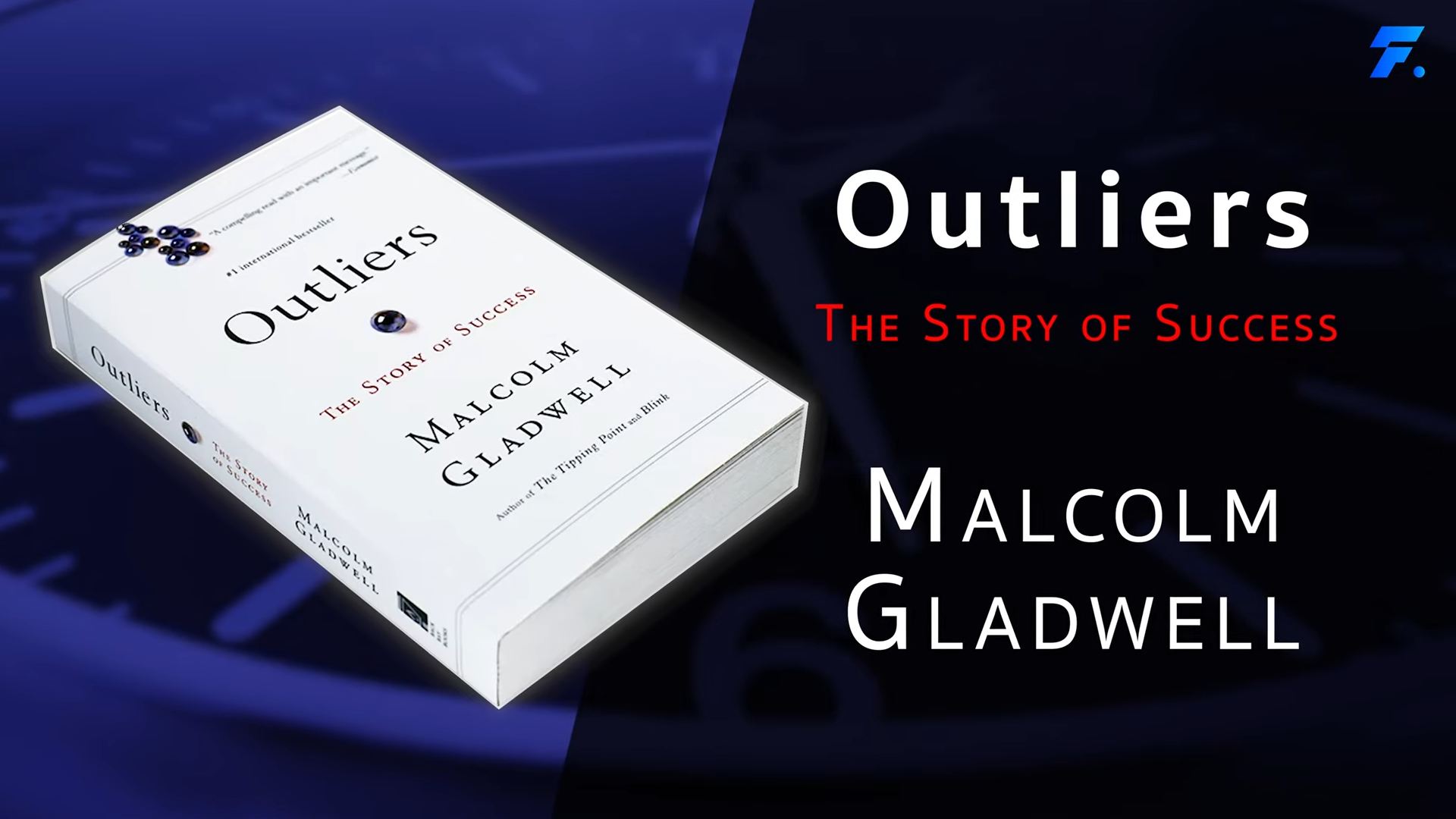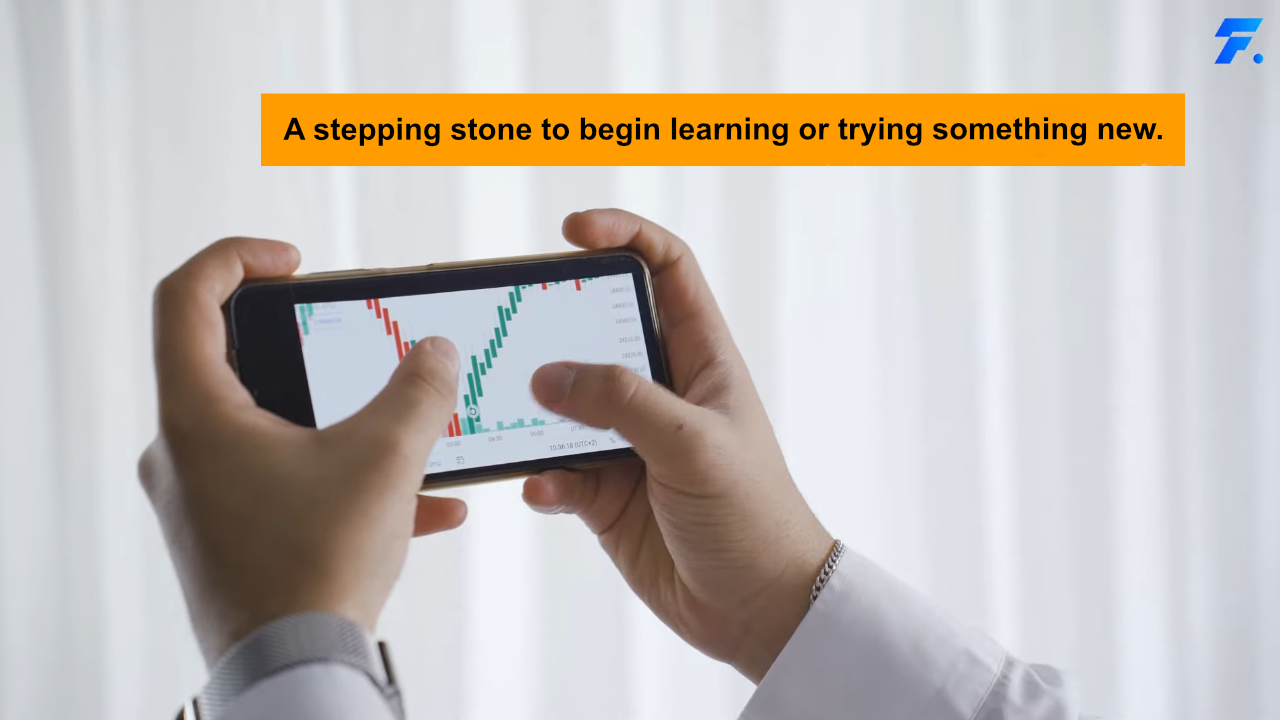The 10,000-Hour Rule
Have you guys heard about the 10,000-Hour Rule? It’s said that to become an expert in any field, you need to practice continuously for about 10,000 hours.
This rule is a very famous concept from Malcolm Gladwell’s book titled Outliers: The Story of Success, published in 2008. The origin of the 10,000-Hour Rule is based on research by Dr. K. Anders Ericsson in the 1970s, who studied practice and expertise in various fields such as music, sports, and academics. The study found that deliberate and continuous practice for about 10,000 hours is a key factor that helps individuals become experts in their respective fields.
But it’s not true that simply practicing for 10,000 hours will automatically make us skilled or expert in something. Malcolm Gladwell mentioned that there is an important principle behind practicing to become an expert.
The key principle of the 10,000-hour rule

1.You must practice with intention—Deliberate Practice.
This means your practice needs to have clear goals. You must review your mistakes and continuously improve on them to get closer to your set goals.
2.Consistency is key.
Practice needs to be regular and consistent so that you become familiar and comfortable with what you are training.
3.Effort and dedication.
Effort and dedication are essential because they show your interest and commitment to achieving your goals.
4.Challenge yourself.
During practice, you must be ready to face challenges constantly and increase the difficulty level to develop your skills further.
Everyone might see that 10,000 hours of practice is a very long time. To give you a comparison, if we practice one hour a day, it would take over 27 years to become an expert. If we practice eight hours a day, it would take a little over three years to become an expert. That’s not a very long time, but it requires dedicating eight hours every day to that activity.
People with regular jobs may not have that much time, but for athletes who need to train and practice constantly, or musicians who spend all day rehearsing or playing instruments, applying the 10,000-hour rule is more achievable. For example, The Beatles, before becoming world-famous artists, practiced their music repeatedly many times.

- There was a scholar named Josh Kaufman who argued that the 10,000-hour rule cannot be applied to everything. He said it’s more suitable for highly competitive fields where the goal is to reach the very top and become a master in that area. In other words, it only fits certain groups of people.
Using the 10,000-hour rule requires a very long time, and nowadays people don’t have the time to focus on just one thing for such an extended period. That’s why another rule was introduced called the 20-hour rule, from the book The First 20 Hours: How to Learn Anything… Fast by Josh Kaufman.
It is said that humans can learn new skills by spending just 20 hours, even if it’s something we have never done before in our lives. If we dedicate only 20 hours to learning, we can be able to do it—whether it’s cooking, playing the guitar, playing soccer, or anything else, including investing.
5 Steps to Learn Effectively

Step 1: Decide exactly what you want
Before we start learning something new, we need to be sure that we are genuinely interested in it and feel good about doing it once we achieve success.
Step 2: Deconstruct the skill
When learning something, it often involves multiple skills. So, we need to break those skills down into smaller parts and practice each part. When we master all the parts, it will lead to success.
Step 3: Research just enough to identify
This means gathering and studying just enough essential information to practice each smaller skill. The research should be sufficient—not too much or too little—because too much can become an excuse to avoid practice.
Step 4: Remove barriers to practice
There are often distractions around us, so we must eliminate those obstacles by keeping what we want to learn close at hand, making it harder to be distracted by other temptations.
Step 5: Practice at least 20 hours
The final step to learning effectively is to start practicing seriously and deliberately for at least 20 hours.
Many people use the 20-hour rule as a starting point to begin learning or doing something new within a relatively short period. If we do the math, spending just 45 minutes a day practicing something seriously means we can make significant progress in only one month. Then, if we want to become an expert in that field, we may need to continue practicing until we reach 10,000 hours.

Conclusion
So, can it be applied to trading? I believe the 20-hour rule works well for learning something new that we haven’t seriously studied before. For example, trading—once we become interested, we should learn it by following the five steps I mentioned. This way, we can understand trading effectively.
And if we apply the 10,000-hour rule to trading, it will help us develop our skills and knowledge in this area more deeply and effectively. Moreover, it can help us become experts and achieve long-term success. For those who have tried following the 20-hour or 10,000-hour rules, feel free to share your experiences with me!






